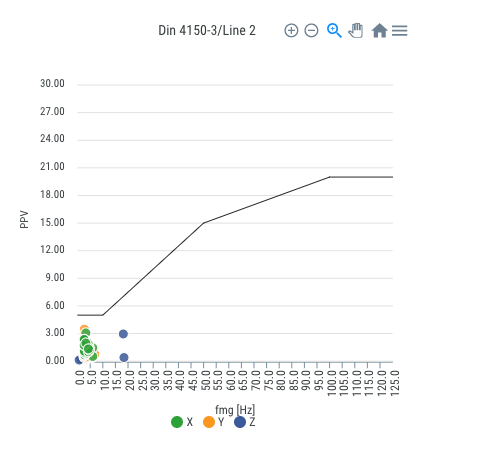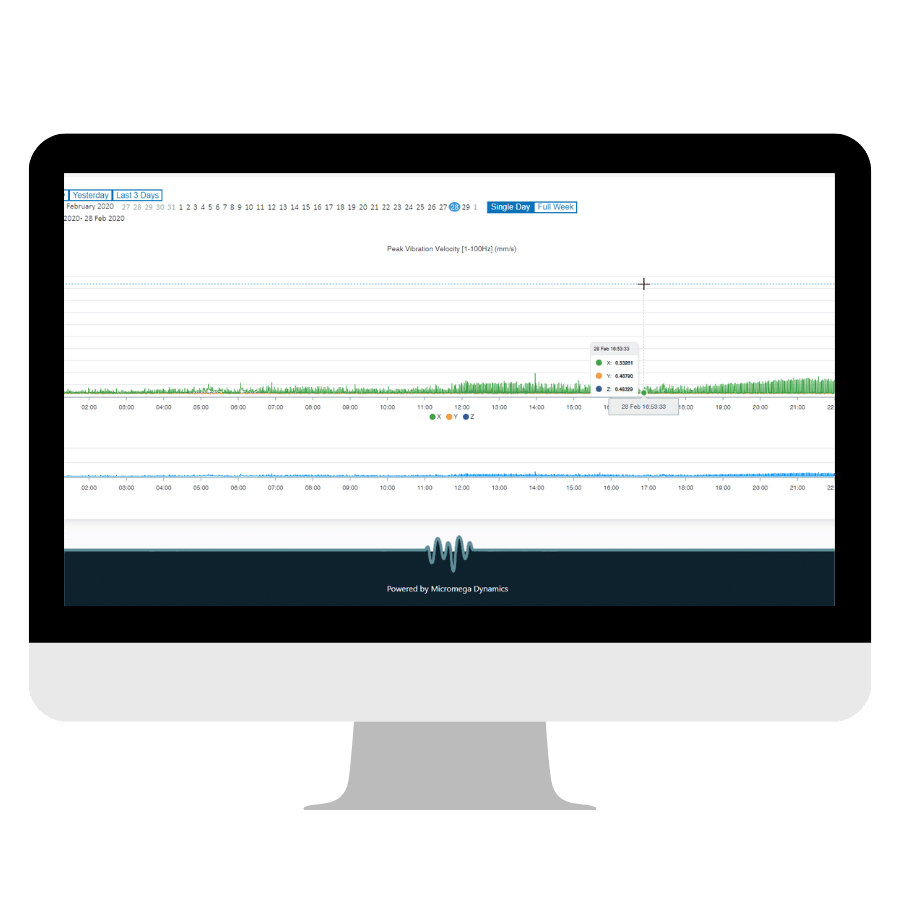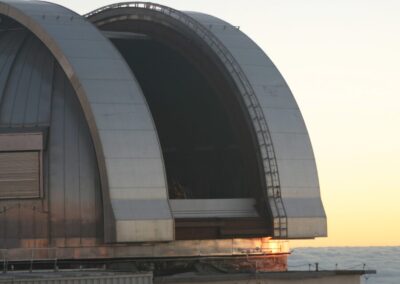Building Vibration DIN4150-3
Recovib Shiver & Cloud Monitoring
Context

What we do
Advantages
Building Vibration DIN4150-3
Construction of a new apartment building close to the historical city center of Mons, Belgium.
In order to build a new apartment building, construction activities like demolition, excavation and pile driving had to be carried out. Those activities took place very close to existing inhabited buildings and historical buildings. The construction company, together with the environmental nuisance consultant and the authorities made a decision to – during the construction period that lasted several months – ensure the permanent monitoring of the level of vibration.
It was decided that the DIN4150-3 standard would be met and in particular “Line 3”, which is used to assess the effect of vibration on surrounding buildings with “great intrinsic value”.
Besides the usual vibration monitoring features, the use of a RECOVIB.SHIVER and the RECOVIB.IO allowed us to implement algorithm from DIN45669-1 annex E (Method for assessing the effects of transient vibrations on building structures without determining the significant frequency). This allowed for accurate automatic real-time notification as compared to the classical peak particle velocity – dominant frequency method. Finally, two vibration levels were selected for notifications: 2 mm/s for warning and 3 mm/s for alarms. In the case of warnings, the construction company was required to take actions to limit vibration, while in the case of alarms the construction activities would have to be stopped.
A comparison with a competitor’s device showed the efficiency of this approach as the competitor’s device generated false alarms as they were based on the peak particle velocity (PPV) only, i.e. without taking into account the vibration frequency content.







